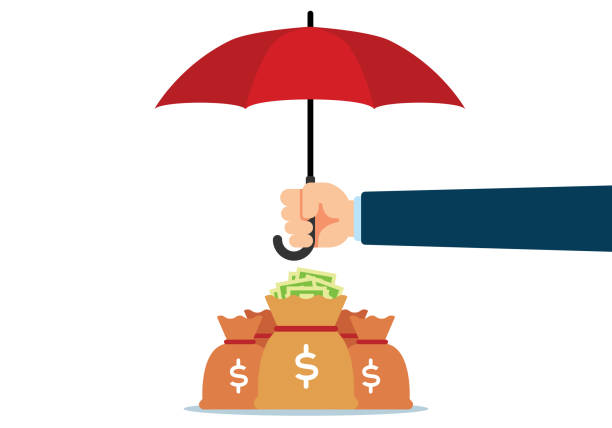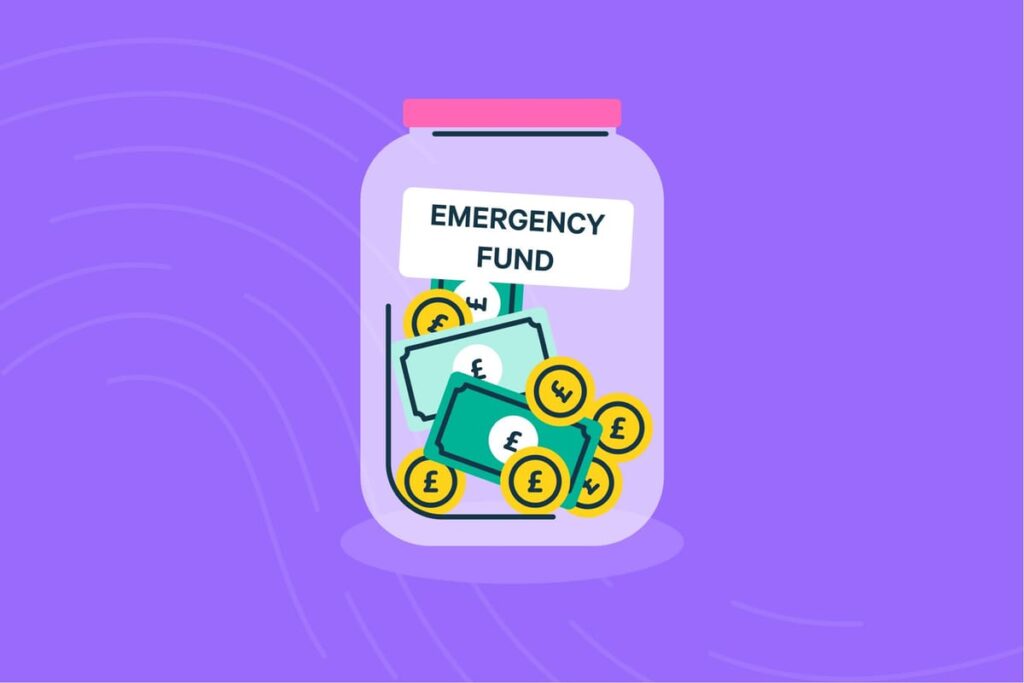The concept of an emergency fund—a financial safety net to cover three to six months of essential living expenses—is universally hailed as a cornerstone of solid personal finance. It is the shield that protects your long-term wealth, prevents debt spirals, and, most importantly, provides profound peace of mind.
However, knowing you should save and actually doing it consistently are two different challenges. Life has a habit of throwing curveballs, and the temptation to spend money on immediate wants can often overshadow the less exciting, long-term goal of saving for a “what if.”
Consistency, in this context, is not about saving a massive amount all at once; it’s about the steady, reliable habit of contributing, no matter how small the amount. This detailed guide offers top psychological and practical strategies to help you maintain momentum and build your financial fortress steadily and successfully.
The Psychology of Consistency: Making Saving a Habit
The battle for consistency is often won in the mind before it’s won in the bank account. Shifting your mindset from seeing saving as a restriction to viewing it as a prerequisite for freedom is the first crucial step.
1. Automate and “Pay Yourself First”
This is arguably the most powerful tip for consistency. It removes decision-making and willpower from the equation.
- The Setup: Immediately after your paycheck hits your checking account, set up an automatic transfer to your dedicated emergency fund savings account.
- The Mindset Shift: Treat this transfer like any other non-negotiable bill (rent, mortgage, utilities). By scheduling the transfer for the day you get paid, you are effectively “paying yourself first” before you even see the money in your daily spending account. If you don’t see the money, you won’t be tempted to spend it.
2. Start Small to Build Momentum
The recommended goal—three to six months of expenses—can be paralyzing. The secret to consistency is making the initial step so small and easy that you cannot say no.
- Initial Goal: Don’t aim for the full three months immediately. Instead, aim for a “mini-fund” of $500 or $1,000. Reaching this smaller, achievable goal provides a powerful psychological win, creating momentum and reinforcing the positive habit.
- The Snowball Effect: Once you hit your first milestone, you’ll feel motivated to increase the amount slightly for the next phase. Consistency fuels motivation, not the other way around.
3. Visualize Your “Future Self”
One reason people struggle to save is that they feel disconnected from the person who will benefit from the savings years down the road.
- Personalization: Give your emergency fund a clear purpose and a name. Instead of “Savings Account,” name it “Job Loss Shield” or “Six-Month Freedom Fund.” This connects your current sacrifice to a tangible future benefit.
- Role-Playing: Whenever you are tempted to dip into the fund for a non-emergency, mentally visualize a real future emergency (a major car repair, an unexpected vet bill). Does that immediate purchase feel more important than the security you are building? This “future-gazing” technique reinforces the value of your consistency.
Practical Strategies for Sustainable Saving
While mindset is key, the actual mechanics of saving need to be robust and built for long-term survival.
4. Create an “Invisible” and Inaccessible Account
Your emergency fund should be easily accessible in a true crisis but shielded from day-to-day temptation.
- Separate Accounts: Do not keep your emergency fund in the same bank as your daily checking account. Open a high-yield savings account (HYSA) at a separate, online-only bank. HYSAs offer better interest rates, allowing your money to grow slightly faster.
- Friction is Your Friend: The fact that it takes a day or two to transfer money from an external bank to your checking account adds “friction.” This pause is often enough to stop an impulsive, non-emergency withdrawal, giving you time to think rationally.
5. Track Progress and Celebrate Milestones
Saving for an emergency fund can feel like a long, thankless slog. Making your progress visible is essential for maintaining consistency.
- Visual Tracking: Use a spreadsheet, an app, or even a printable chart to physically (or digitally) track your savings growth. Watching the balance climb is a major motivator.
- Non-Monetary Rewards: Celebrate reaching milestones (e.g., hitting the first $1,000, reaching 50% of your goal) with a small, planned, and budgeted non-monetary reward, such as a nice meal at home or a dedicated evening of relaxation. This positively reinforces the saving behavior without derailing your efforts.
6. Implement “Surprise” Savings Challenges
Beyond your regular, automated contributions, use unexpected income or “found money” to turbocharge your savings without changing your regular budget.
- Windfalls: Dedicate a percentage (ideally 100%) of any unexpected income—tax refunds, work bonuses, cash gifts, side-hustle payments—directly to your emergency fund.
- The “Round-Up” Method: Many banking apps offer a feature that automatically rounds up every debit card purchase to the nearest dollar and transfers the difference to your savings. This is “invisible saving” that adds up surprisingly fast.
- “No-Spend” Challenges: Commit to a weekend or a full week of “no non-essential spending.” Transfer the money you would have spent on coffees, take-out, or impulse buys into your fund.
7. Define “Emergency” with Ironclad Rules
Consistency is often broken when the definition of an emergency becomes flexible. For the purpose of this fund, you must be strict.
- The Rule: An emergency is Unexpected, Urgent, and Necessary.
- Unexpected: It wasn’t in the budget (e.g., job loss, emergency medical procedure).
- Urgent: It requires immediate attention (e.g., a burst water pipe).
- Necessary: It covers essential living costs (e.g., rent, food, transport), not wants (e.g., a vacation, a new TV).
- The Replenishment Rule: If you are forced to use the fund, your primary financial goal immediately reverts to replenishing the amount withdrawn. This discipline ensures your safety net remains intact.
Conclusion
Building an emergency fund is a marathon, not a sprint. The key to staying consistent is shifting your approach from a temporary restriction to a permanent, automated financial habit. By starting small, automating your contributions, creating psychological distance from the money, and celebrating every milestone, you transform the daunting task into a series of achievable goals.
Consistency breeds security. By implementing these tips, you won’t just build a robust emergency fund; you’ll build the financial discipline that will serve you for a lifetime, securing your peace of mind against the inevitable financial storms of life.




